Embarking on a new adventure with your RV can be thrilling, but before hitting the road, conducting a thorough pre-delivery inspection (PDI) is essential. A PDI ensures that your new RV is safe, comfortable, and tailor-made for your travels. By methodically inspecting your new RV’s exterior and interior, you can identify any potential issues that may arise and ensure everything is working as it should.
Understanding the various systems within your RV, such as the electrical, plumbing, and heating, is necessary for conducting a meaningful pre-delivery inspection. Additionally, familiarizing yourself with the required maintenance schedules and tips will prolong your RV’s life and allow you to enjoy smoother travels. Taking the time to assess every aspect of your new vehicle, from its safety features and tech connectivity to customization options and final documentation, will give you confidence in your purchase and set the stage for unforgettable RV adventures.
Key Takeaways
- Conducting a thorough pre-delivery inspection helps identify potential issues and ensures a safe, enjoyable RV experience.
- Familiarize yourself with your RV’s systems, maintenance schedules, and safety features for confidence on the open road.
- Assess customization options, tech connectivity, and final documentation for a well-rounded inspection before hitting the road in your new RV.
Understanding Your RV’s Systems
As a new RV owner, it’s crucial to understand your vehicle’s systems for a smooth and safe trip. In this section, I’ll discuss some key areas that you should inspect during the pre-delivery inspection.
Electrical System Checks
One of the essential systems to inspect is the electrical system. Start by checking the RV’s battery and ensuring that it’s in good condition and free from any corrosion. Test the lights, power outlets, and appliances to confirm that they are functioning properly. Verify that the fuse box and circuit breakers are easily accessible and properly labeled. Additionally, examine the RV vent pipe for possible clogs, affecting the efficiency of the electrical system.
Water System Evaluation
Another crucial aspect is the water system. You should thoroughly inspect all faucets in your RV, including the kitchen and bathroom, for any leaks or low water pressure. If you find low water pressure in your RV kitchen sink, review this guide to restore water pressure. Examine the water heater for any issues as well. A common problem with RV water heaters is intermittent starting and stopping, so review these fixes for intermittent issues if necessary. Moreover, check the wastewater tanks and hoses for leaks and ensure the valves work correctly.
Gas and Propane System Inspection
Lastly, it’s vital to inspect the gas and propane systems. Start by examining the propane tank for damage or leaks. Next, test all propane appliances, such as the stove, oven, and furnace, to ensure they’re functioning correctly. To further guarantee safety, confirm the presence of a propane detector in your RV. In addition to inspecting the gas system, check the carbon monoxide and smoke detectors to protect yourself and your family from possible emergencies.
Exterior Inspection

As a new RV owner, there are several essential steps to perform an exterior inspection before hitting the road. In this section, I’ll cover some vital areas for your pre-delivery inspection checklist.
Body and Roof
When inspecting your RV’s body and roof, check for any cracks, dents, or signs of water damage. Examine the sidewalls for delamination, which could indicate structural issues with the RV materials, such as Azdel or Luan.
While examining the roof, it’s essential to check for any signs of leaks or damage, especially around the vents, skylights, and seams. Make sure that all seals and caulking are in good condition and securely sealing the connections.
Windows, Doors, and Seals
As I move to the windows, doors, and seals, I pay close attention to their condition and functionality. Check for any cracks or chips in the windows, and ensure that they open and close properly. Inspect the door frames for any signs of water damage or leaks, which could lead to issues such as a leaky RV kitchen faucet or water leaking under your RV shower pan.
Inspect the rubber seals around the doors and windows for any wear, cracks, or other damage. Ensure they provide a tight seal to prevent unwanted drafts and moisture from entering your RV.
Tires and Chassis
Finally, it’s crucial to inspect your RV’s tires and chassis. Check the tire pressure and ensure that it meets the recommended PSI. Look for any signs of wear or damage on the tires, and make sure they have adequate tread.
Examine the chassis for any signs of rust, damage, or other issues that could impact the structural integrity of your RV. Additionally, check the suspension, axles, and brakes for any signs of wear or damage.
By following this essential pre-delivery inspection checklist, I can confidently enjoy my new RV and ensure that my travels are safe and enjoyable.
Interior Assessment
Appliances Functionality
During my pre-delivery inspection, I always check all appliances within the RV, verifying that they’re in good working condition. This includes items like the refrigerator, stove, oven, microwave, and air conditioning unit. To be thorough, I test each appliance and ensure they exhibit normal functioning. I also examine the RV’s plumbing system, ensuring that there are no leaks in the pipes or issues with the RV toilet and that it holds water.
Furniture and Storage Space
Regarding RV furniture and storage space, I closely inspect the quality of materials used, the security of any mounted fixtures, and the usability of the spaces. I open and close every cabinet, drawer, and storage compartment, making sure they work properly and do not present any safety concerns. For seating and bedding, I evaluate the comfort, stability, and overall integrity of the fixtures.
Ventilation and Heating
Ventilation and heating are essential to maintaining a comfortable living environment within an RV. I inspect the roof vents, air conditioning units, and furnace during my pre-delivery assessments to ensure they are in proper working order. I also assess the vent locations, confirming that they provide optimal airflow and temperature control throughout the RV. By checking the heating and cooling systems, I can be confident my RV will remain comfortable in various climates while on the road.
Safety Features Review
Smoke and Carbon Monoxide Detectors
As a new RV owner, I always prioritize reviewing the safety features during my pre-delivery inspection. One essential item on my checklist is to test the smoke and carbon monoxide detectors. I make sure they are properly installed, functioning, and have fresh batteries. If the detectors are missing or damaged, I request replacements immediately. According to RV Blogger, it’s crucial not to overlook this step, as it directly impacts my family’s safety during our adventures.
Emergency Exits and Fire Extinguishers
Emergency exits are another critical safety feature I pay attention to during the pre-delivery inspection. I ensure that all windows and doors can be easily opened and closed, creating a safe escape route during emergencies. Aside from these exits, I also ensure that a fire extinguisher is installed in an accessible location. To help me with this, I refer to The Definitive RV Pre Delivery Inspection Checklist for guidance.
First-Aid and Safety Equipment
Lastly, I double-check for a fully stocked first-aid kit inside the RV. Essential items like band-aids, gauze, and pain relievers could make a significant difference during emergencies. Additionally, I don’t forget to examine other safety equipment, such as:
- Reflective safety vests
- Road flares
- Emergency warning triangles
As I found on Camper Report before, completing the pre-delivery inspection with a keen eye on safety features helps me ensure that my RV is ready for the road, allowing my family and me to travel with peace of mind.
Tech and Connectivity

Internet and Satellite Services
One important aspect for most RV owners is having a reliable internet connection on the road. To achieve this, I recommend looking into RV classes explained to see which type of RVs come with built-in Wi-Fi capabilities. In addition to Wi-Fi, it’s crucial to have a strong satellite service for TV and radio. Most modern RVs have satellite antennas pre-installed, so be sure to inspect and test the connectivity during the pre-delivery inspection.
Navigation and Security Systems
When it comes to navigation and security, I cannot stress enough the importance of having a reliable GPS system. It’s not only for finding the best route to your destination but also for locating nearby campsites, gas stations, and other necessary stops. Ensure the RV’s built-in GPS is functioning properly, and run a few tests to check its accuracy during your pre-delivery inspection.
I advocate installing a sophisticated security system in your new RV for security purposes. Some systems include features such as keyless entry, remote locking/unlocking, and motion detectors. During the inspection, verify that all security features are working correctly to ensure the safety of your possessions and loved ones while you’re on the road.
Functional Road Test
Engine Performance and Brakes
During the pre-delivery inspection, it is crucial to test the engine performance and brakes of the RV. I like to start the engine and listen for any abnormal noises or vibrations. Then, I take the RV for a short test drive to check the overall performance, acceleration, and responsiveness. I also make sure the brake system is working properly, both on flat roads and while going downhill. Remember to verify that the parking brake is functioning correctly as well.
Steering and Suspension
While driving the RV, I pay close attention to the steering and suspension system. I ensure that the RV steers smoothly and responds well, without excessive play or stiffness in the steering wheel. Additionally, I check the ride quality and suspension by driving on uneven surfaces, looking for excessive noise, vibrations, or bouncing. Inspecting the suspension components and verifying that everything is securely fastened and in proper working condition is also a good idea.
Lighting and Electrical Features
Lastly, I examine the RV’s lighting and electrical features both inside and outside the vehicle. I check that all headlights, taillights, turn signals, and brake lights are functioning properly. Inside the RV, I test all interior lights, outlets, switches, and the control panel for the various electronic systems such as the air conditioner and water heater. It’s essential to ensure that all electrical systems are functioning correctly to avoid any issues while on the road.
By completing a thorough functional road test during the pre-delivery inspection, I can ensure that my RV is ready for any upcoming road trips and adventures.
Utility Setups
Hookups and Disposal Stations
When setting up your RV at a campsite, ensuring proper connections to utilities is essential. I always check for leaks or damages to hoses and connections for water and sewer hookups. It’s also important to know the location of nearby disposal stations, as disposing of waste safely and responsibly is crucial. In some cases, unexpected problems may occur with water systems, so familiarizing yourself with potential issues can be helpful.
Power and Battery Management
Managing electricity in an RV is paramount, especially when dry camping or boondocking. I regularly monitor my RV’s battery levels, and whenever possible, I use power-saving appliances and switch off devices when not in use. Solar panels and generators can provide additional power, but some people also consider alternative energy sources like wind generators. Remember to keep all electrical connections secure and inspect them for signs of wear or damage.
When it comes to utility setups, being thorough and vigilant can save you from potential issues and ensure a smooth RV experience.
Customization Options
Upgrades and Modifications
When I first got my RV, I wanted to make it truly “mine,” so I considered various upgrades and modifications to enhance its functionality and comfort. Some of the popular functional upgrades include solar panels and kits and improved suspension systems. I’ve found these updates to be incredibly beneficial for long-term travel, providing energy efficiency and a smoother ride.
Now, here is a list of common functional upgrades to consider:
- Solar panels and kits
- Improved suspension systems
- Additional storage solutions
- Better tires and wheels
- Upgraded electronics and appliances
Decor and Personalization
Beyond functionality, I wanted to make my RV feel like a home away from home. This meant focusing on decor and personalization. My first step was selecting a color scheme – I opted for something neutral with pops of color to create a cozy atmosphere without it feeling cluttered. Then, I incorporated my favorite artwork and a few select family heirlooms to bring a sense of familiarity to my new space.
Here’s a brief checklist to help you personalize your RV:
- Select a color scheme
- Choose comfortable and stylish furniture
- Incorporate artwork and decorations
- Explore lighting options to set the mood
- Add personal touches, such as family heirlooms or collectibles
By following these steps, I created not only a unique space but also one that felt like home while I traveled. Remember, your RV should be a reflection of your personal style and needs, so don’t hesitate to customize it and make it your own.
Final Documentation

Warranty and Service Records
It’s crucial for me to review my RV’s warranty and service records during the pre-delivery inspection. I’ll confirm that they’re complete and up-to-date. I should also inquire about any transferable warranties and extended warranty options, if applicable. This way, I ensure that I’m fully aware of my RV’s present condition and any ongoing maintenance requirements.
Owner’s Manual Overview
I’ll take the time to familiarize myself with the owner’s manual, which typically provides essential information about my RV’s features, operation, and maintenance. By understanding the basics of my RV’s systems and components, I can better prevent potential issues and maintain my vehicle’s performance. Moreover, I make a list of any questions or concerns I have to address with the dealer before taking delivery.
Registration and Legalities
When taking delivery of my new RV, I must ensure that all the necessary paperwork and legal requirements are in order. This includes proper registration, vehicle identification numbers, and title transfers. I may also need to register my RV in a different state, depending on my preferences or logistical needs. It’s also essential to establish a valid address for my RV if I plan to live in it full-time or for extended periods. By staying on top of these legalities, I can avoid unnecessary obstacles down the road.
Maintenance Schedule and Tips

When it comes to maintaining your RV, there are two primary aspects to be mindful of, which I will be covering in this section: regular upkeep routines and seasonal care recommendations. Being diligent with these tasks can ensure your RV stays in excellent shape for years to come.
Regular Upkeep Routines
To keep your RV running smoothly, I recommend performing routine maintenance to various components. One crucial area is the RV’s slide-outs, as they significantly enhance living space while on the road. To ensure a smooth transition and longevity, it’s essential to use the best RV slide-out lubricant for your specific model. Regularly lubricating your RV’s slide-outs will help prevent wear and tear on the mechanism.
Another critical aspect of RV maintenance is proper lubrication of common areas that require it. Based on my own experience and research, here are seven common areas that require RV lube maintenance:
- Door hinges
- Window tracks
- Entry steps
- Stabilizer jacks
- Wheel bearings
- Slide-out rails
- Awning mechanisms
Keep these areas lubricated and inspect them regularly for any signs of wear or damage.
Seasonal Care Recommendations
Taking proper care of your RV also involves some seasonal maintenance tasks. Here are a few suggestions for each season:
- Spring: Inspect and clean the roof, check for any leaks or damage, and ensure all seals are intact. Don’t forget to examine the tires for wear or cracking and check the tire pressure.
- Summer: Regularly clean the exterior and interior of your RV, including the awning’s underside. Also, monitor the air conditioning system’s performance and replace filters when necessary.
- Fall: Check all seals and caulking around windows, doors, and the roof to ensure they’re in good shape before winter arrives. Clean gutters and downspouts and check for any potential leaks in the plumbing system.
- Winter: If you’re not using your RV, winterize it by draining the water system, removing the batteries, and protect any exposed pipes and tanks from freezing temperatures. Consider using an RV cover to protect it from the elements.
In conclusion, staying on top of maintenance means enjoying your RV trips without the worry of unexpected breakdowns or expensive repairs.


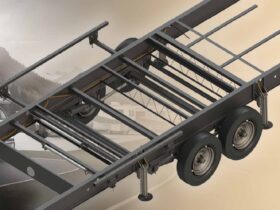
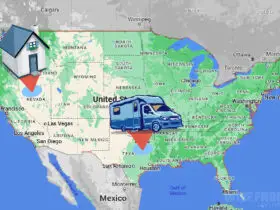
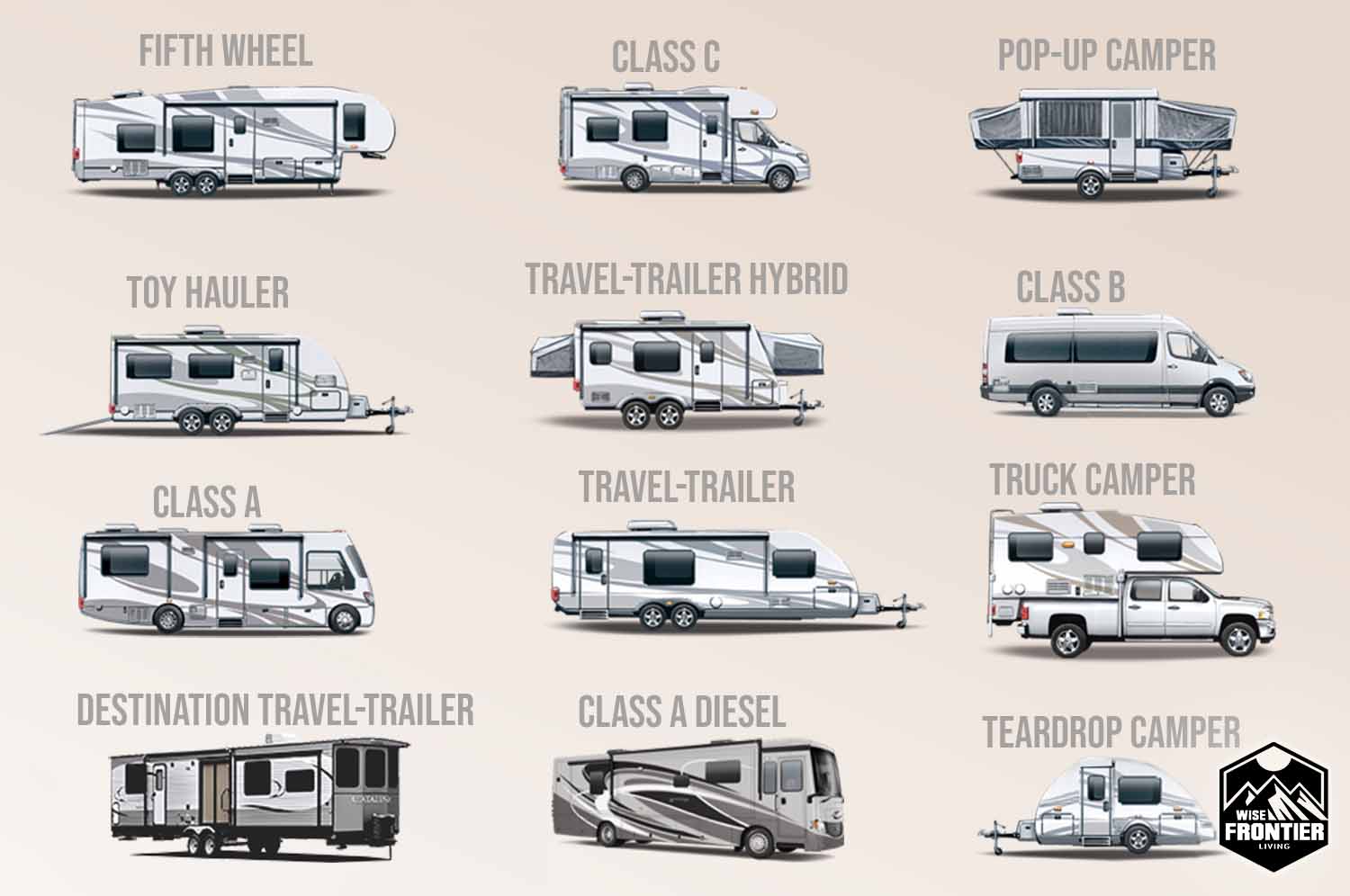
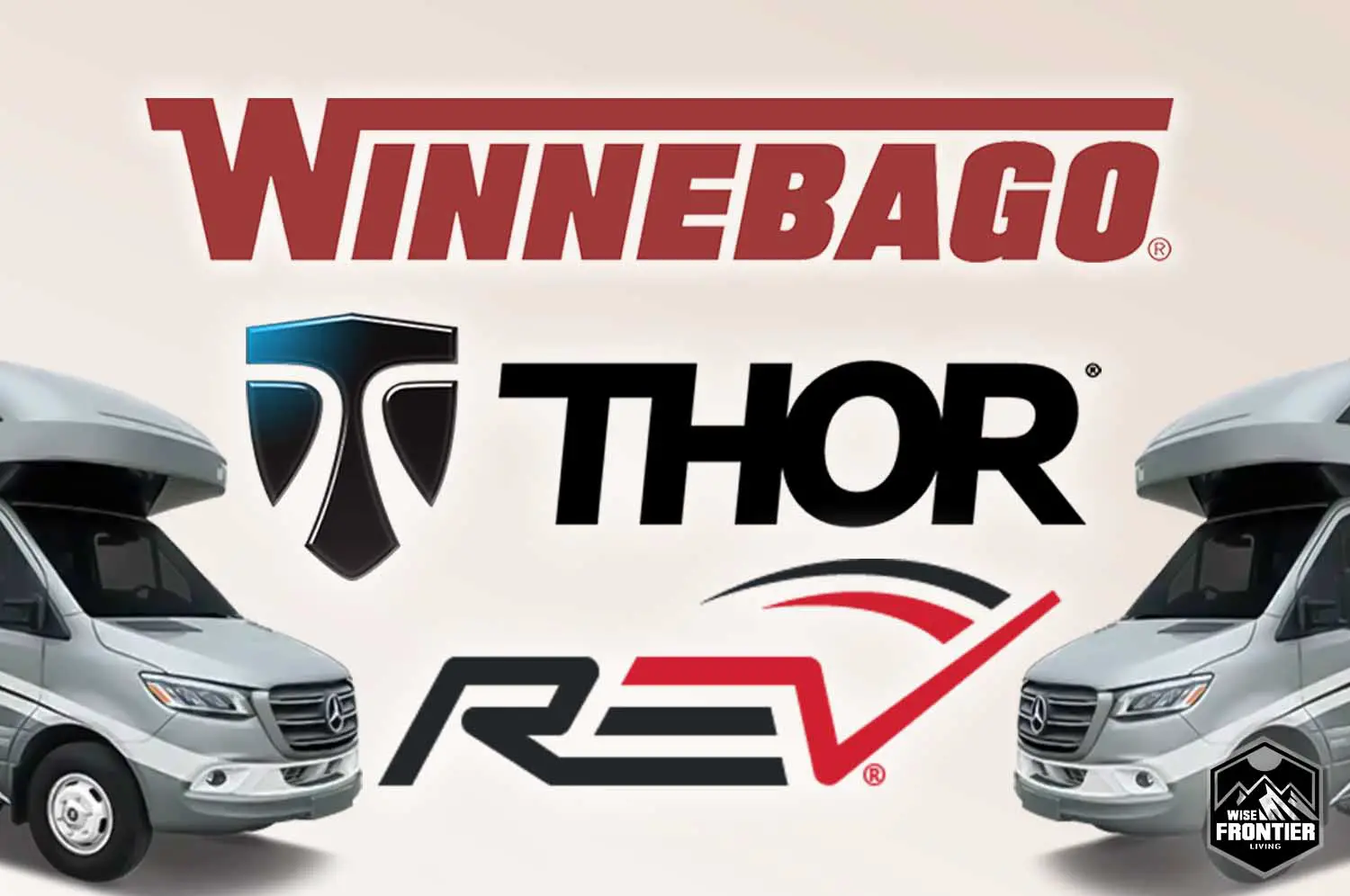
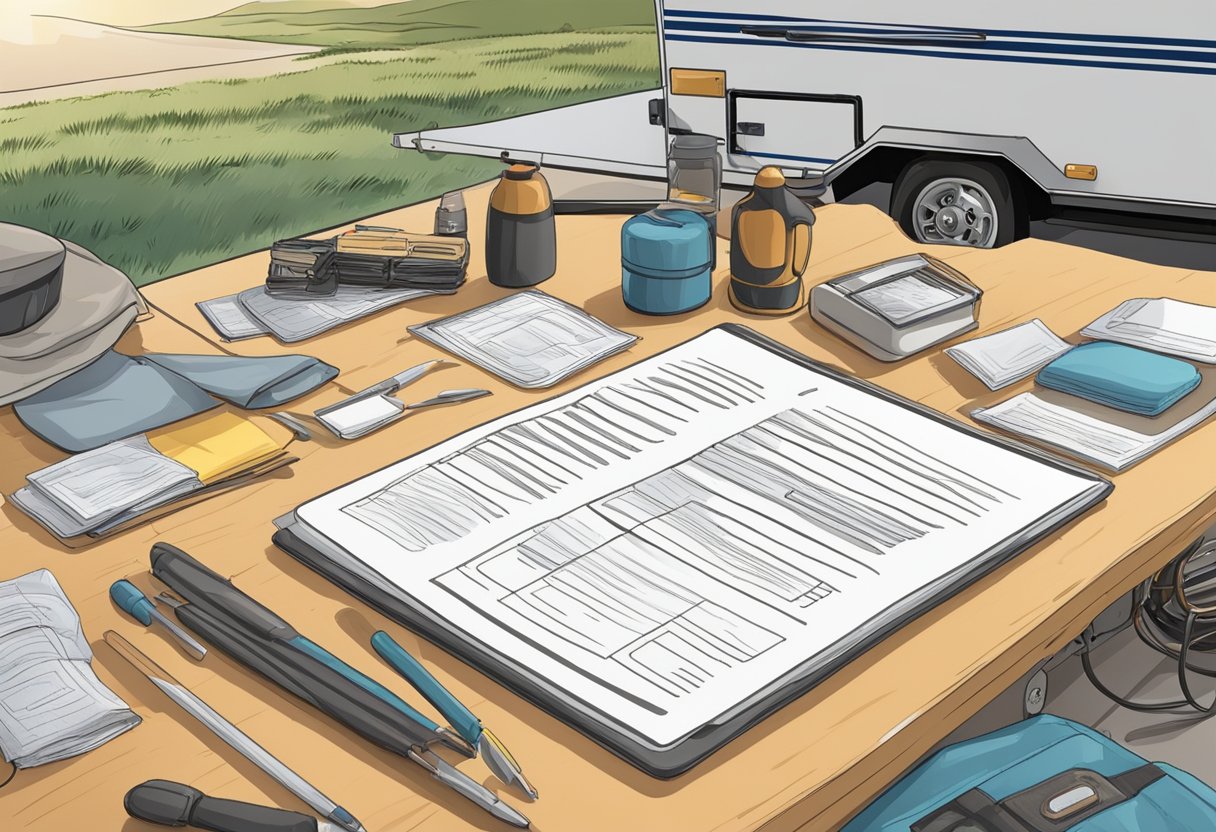
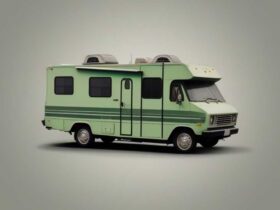
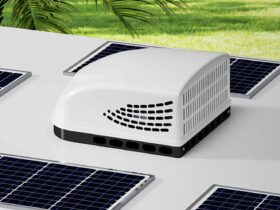
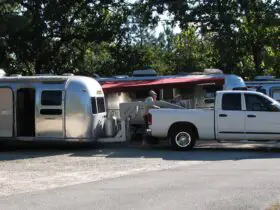
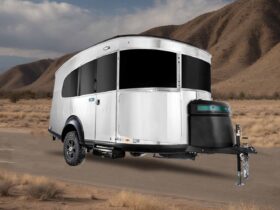

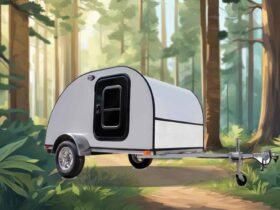
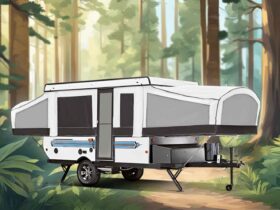
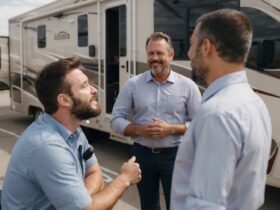
Leave a Reply